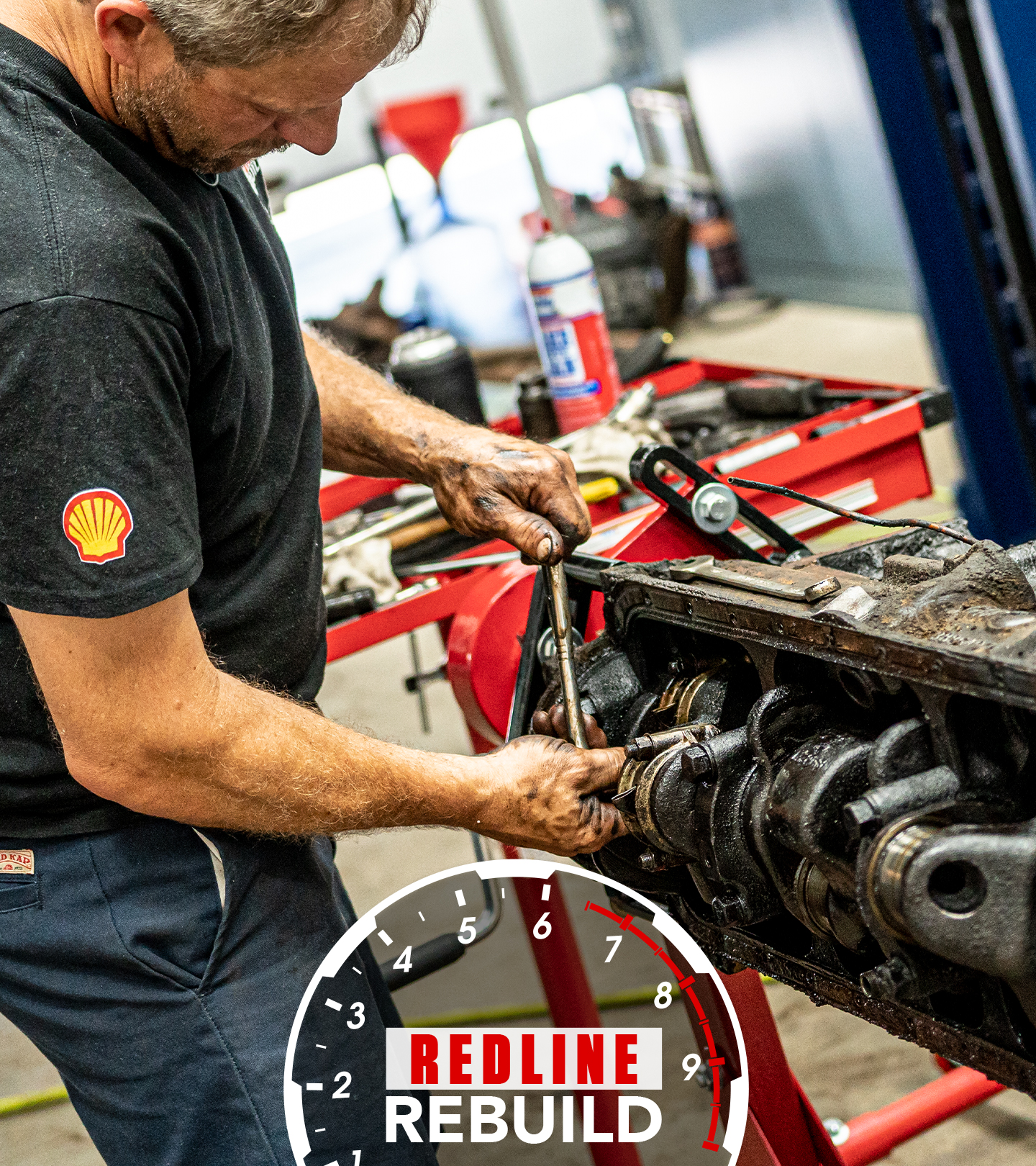DIY: How to check and test your coolant - Hagerty Media
Most people know to regularly check engine coolant levels in their car, but what some don’t realize is that coolant breaks down over time and eventually loses its ability to protect your engine and radiator. So for this DIY episode, Hagerty’s Randy Clouse walks you through how to test your coolant and on our 1969 Chevrolet Camaro SS.
Checking the coolant level and condition are critical to ensuring the cooling system continues to function properly over time. Deposits from aging or dirty coolant can cause the radiator to lose efficiency, leading to overheating and potential damage.
To begin, make sure the cooling system is cool to the touch. Feel the top of the radiator or radiator hoses with the back of your hand after the vehicle has been shut off for a few hours (overnight is best). A hot system will be pressurized, and when opening the system the coolant can spray out and cause injury.
To open the radiator, press down on the radiator cap with the palm of your hand, then turn roughly half a turn. This will allow the cap to be removed and set in a safe place so as to not get lost or damaged.
Use a flashlight to look down into the radiator, and inspect the coolant level and condition. If the system does not have an overflow tank, the coolant level will be lower to allow for expansion when the engine it at operating temperature. Coolant should be a slightly transparent, and many colors are available. Two signs that coolant needs to be replaced without any further testing are a milky appearance or if particulate is floating in it. If there is contamination, the rest of the system should be inspected to find the source of the contamination.
If the coolant appears clean, the next step is to check it for chemical deterioration. Start by removing a small amount of coolant using a baster, then placing the coolant in a cup. Now a litmus test can be used to determine the acidity or alkalinity of the coolant. Using simple test strips available at your friendly local parts house, compare the color change brought on by dipping the test strip in the coolant to the label on the bottle.
Coolant that is too acidic can cause corrosion and early failures of cooling system parts. Should the test show that the coolant needs to be changed, be sure to completely flush the system to remove any old coolant and keep the system in peak condition. Stay cool, friends, and let us know your coolant-system tips in the Hagerty Forums.










